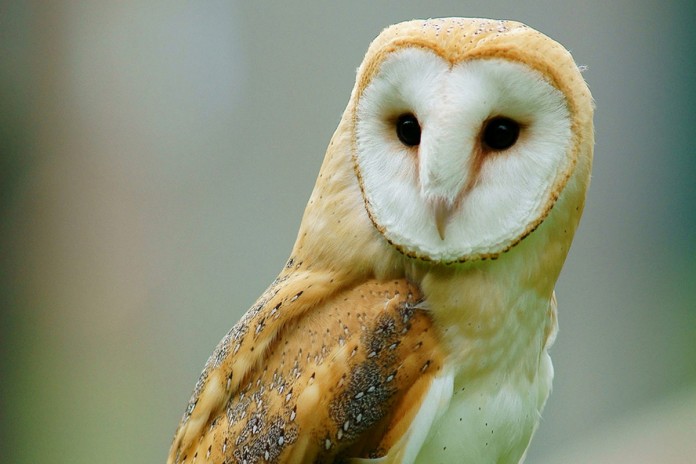A new year is a time for beginnings. And the natural world is replete with examples.
Though the plant world is presently dormant, a variety of animals have already begun a new cycle of life. Black bears mate in early summer when food is abundant, but embryos do not implant on the uterus until late fall when bears retire to a hollow log, a hollow tree, or even a large brush pile.
In late January, bears will give birth to the next generation. Usually two cubs are born blind and covered with just a coat of fuzz. They weigh only seven to 12 ounces at birth — about the size of a guinea pig. By the time cubs reach six weeks of age, their eyes open, they are well furred, and weigh about two pounds. At eight weeks, they may leave the den with their mother for short periods, weigh about five pounds, and begin learning how to be a bear.
The owls
Great horned owls have been courting since before Thanksgiving. The male woos the female with food and noisy aerial displays. He defends her. And they duet. Eventually they select a nest site, usually an old red-tailed hawk or crow nest. The female lays the first of her two or three eggs in late January or early February. At three-day intervals, she lays another egg. Incubation begins immediately with the first egg. This is why you may see photographs of owlets of several sizes in the same nest.
In a brood of three, the eldest sibling may be six days older than the youngest. Incubation continues for 26 to 35 days; the first egg laid is the first to hatch. Snow sometimes blankets the attending parent, but its soft downy feathers keep eggs and chicks warm and dry.
New beginnings
Nestling horned owls remain in the nest for more than two months. They begin to exercise their wings at six weeks, but cannot fly until they are about 10 weeks old. Young owls remain dependent on their parents for food well into fall. Bald eagles are also notoriously early nesters. Courtship flights began well before Christmas. At least two different eagle nest cams are already online for anyone to watch. For the second year, a camera maintained by the Pennsylvania Game Commission monitors a nest near Hanover, Pennsylvania.
View the nest at www.pgc.state.pa.us, and click on the eagle cam icon. Last year, nearly 1.5 million people visited the site to observe the nest. Eagles lay two eggs in late January or early February. The nesting chronology parallels that of great horned owls. Incubation lasts about 35 days. Young eagles make their first flight when about 10 to 12 weeks old.
More sites
Another active eagle nest site can be observed in Pittsburgh at www.aswp.org; click on the “Hays Bald Eagle Cam.”
As winter proceeds, more beginnings will become evident. But for signs of the ultimate beginning, gaze skyward to the night sky. Thousands of distant stars illuminate crisp clear January nights. The light we see from the most distant stars left their sources billions of years ago. Some of those stars may no longer even exist, but their light continues to race across the universe until we see it.
The vastness of the universe is best appreciated by noting the speed of light, 186,000 miles per second. A light year is the distance light travels in one year, about 5.9 trillion miles. The nearest star to our sun, Proxima Centauri is 4.24 light years away. The star shine we see at night began its journey to Earth eons ago. To ponder true beginnings, forget about nesting birds, birthing bears, or blooming flowers.
Instead, find a dark sky and observe the Milky Way on a clear January night. That “milk,” the haze of billions of distant stars, represents the beginning of the universe, the beginning of time itself.













